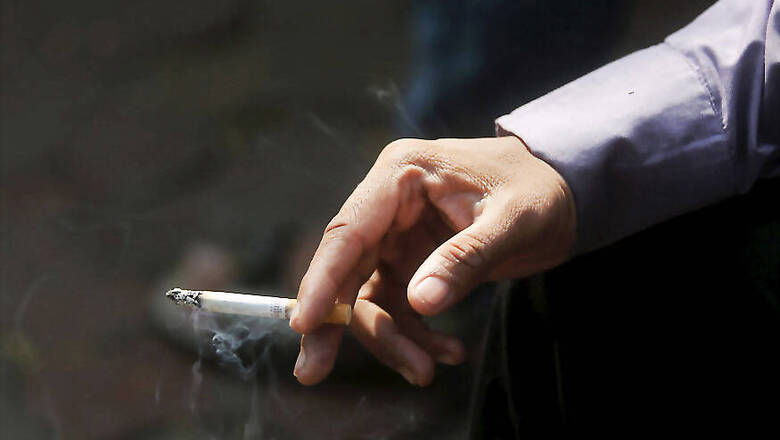
views
Researchers have found that children who have been abused, mistreated or neglected at home are more likely to start smoking cigarettes and other substances.
The study, published in the journal Substance Use & Misuse, showed that physical abuse of children in high-risk homes, especially when they're toddlers or teens, dramatically increases the odds that their adolescent experimentation with cigarettes will lead to a heavy smoking habit.
For the findings, the study examined data on children who were at high risk for abuse and neglect -- either because they had been referred to a child protective service or lived in conditions associated with the likelihood of maltreatment or both.
"I wanted to look at different types of maltreatment and whether they have an impact on cigarette smoking," said study lead author Susan Yoon, Assistant Professor at Ohio State University in the US.
"Adolescent cigarette smoking is a really serious social problem and public health concern. Brain development is not complete until late adolescence or during young adulthood, and cigarette smoking is associated with damage in brain development," Yoon said.
"We also know that those who start smoking cigarettes during adolescence are more likely to continue smoking into adulthood," Yoon added.
For the results, the research team used data on 903 adolescents, who were assessed at age 12, 16 and 18.
A breakdown of different types of abuse and neglect experienced by the sample population during three different time periods (early childhood, school age and adolescence) confirmed how vulnerable these kids were.
The researchers used their responses about smoking between the ages of 12 and 18 to identify three patterns of cigarette use: stable low/no use (61 per cent of respondents), gradually increasing use (30 per cent) and sharply increasing cigarette use (nine per cent).
"It was almost shocking how the pattern of cigarette use over time went up so drastically in the sharply increasing use class," Yoon said.
"They were pretty similar to the others at age 12 -- almost 80 percent didn't smoke. At age 16, we saw that almost 60 per cent had used cigarettes more than 20 days in the past year and by 18, every single kid in this group reported heavy use of cigarettes," Yoon added.
A statistical analysis showed that adolescents who experienced early childhood physical abuse were 2.3 times more likely to be in the sharply increasing cigarette use group compared with the stable no/low group.
Physical abuse during adolescence had an even stronger effect -- this type of mistreatment at that point in life was linked to 3.7 times higher odds for sharply increased cigarette use.
Adolescents who had been neglected during early childhood were 1.89 times more likely to be in the gradually increasing cigarette use group than in the stable no/low use group.
About 40 per cent of these smokers had reported using cigarettes at age 16, and by age 18, more than 80 per cent were smokers, and about 40 per cent had smoked on more than 20 days in the previous year, the study said.
Follow @News18Lifestyle for more















Comments
0 comment